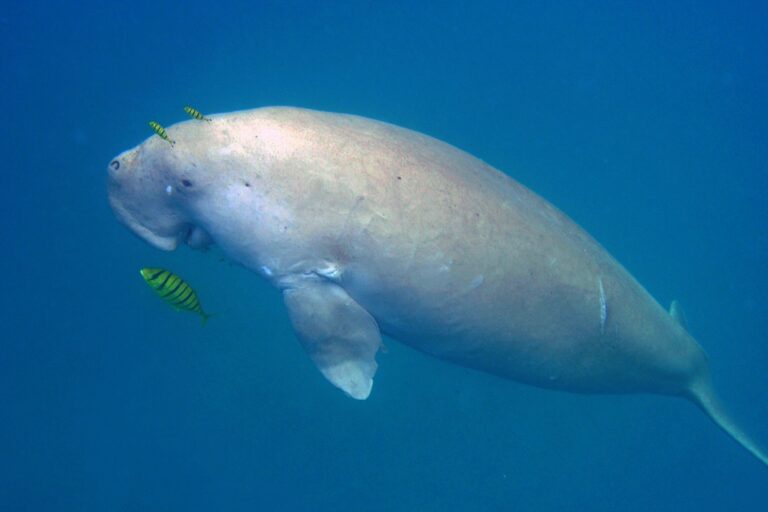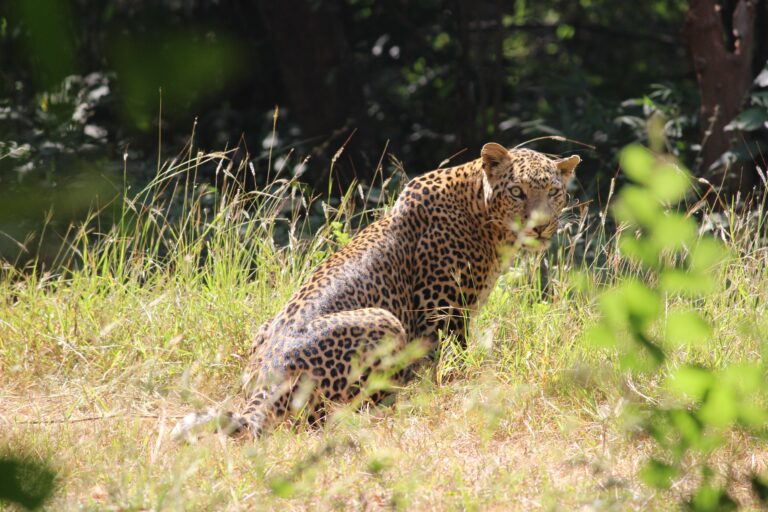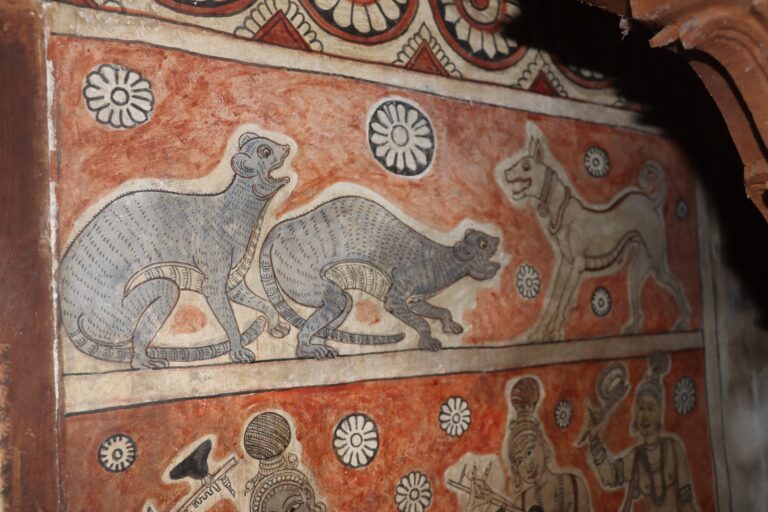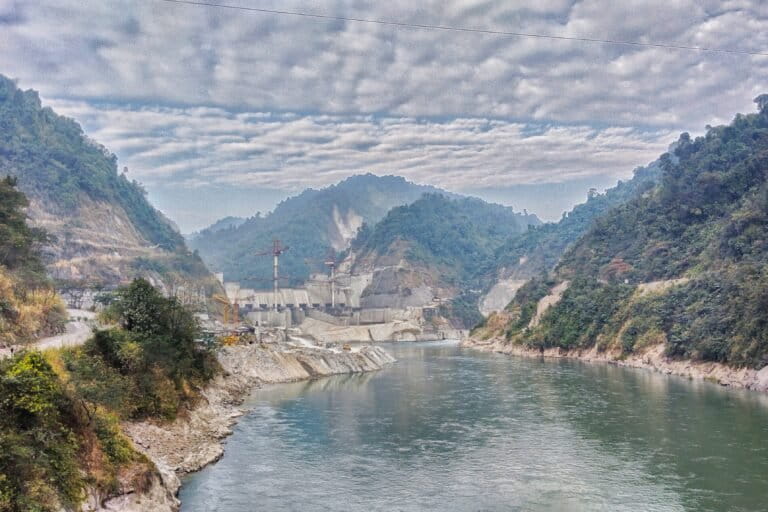- Tourists are venturing too close to the burrows of the Indian rock python at Keoladeo National Park, disrupting its winter sun-basking regime.
- The basking duration for pythons from burrows that were visited by large numbers of tourists was half of that of pythons from undisturbed burrows.
- Pythons must regulate their body temperature through sun-basking and reduced duration may adversely affect their ability to reproduce.
- The park director has acted upon these findings stopping tourists from going too close to the burrows.
Keoladeo National Park in Bharatpur, Rajasthan—a UNESCO World Heritage Site—is famed for hosting over 350 species of birds, many of which are migratory wintering birds. But it is also home to one of the largest populations of a lesser-known inhabitant: the Indian rock python.
Now, researchers from the Sálim Ali Centre for Ornithology and Natural History in Coimbatore have found that a constant rush of visitors around the python burrows is interrupting their winter basking regime as they were frequently found holed up inside their burrows. Tourists went as close as a few metres away from the burrows and in some cases, basking pythons were forced to retreat back into their burrows.
“The results of the current study are very interesting,” says David Steen, a research ecologist at the Georgia Sea Turtle Center, USA. Studies like this, he says, “help us understand subtle ways that human encroachment may affect reptile behavior and health.”
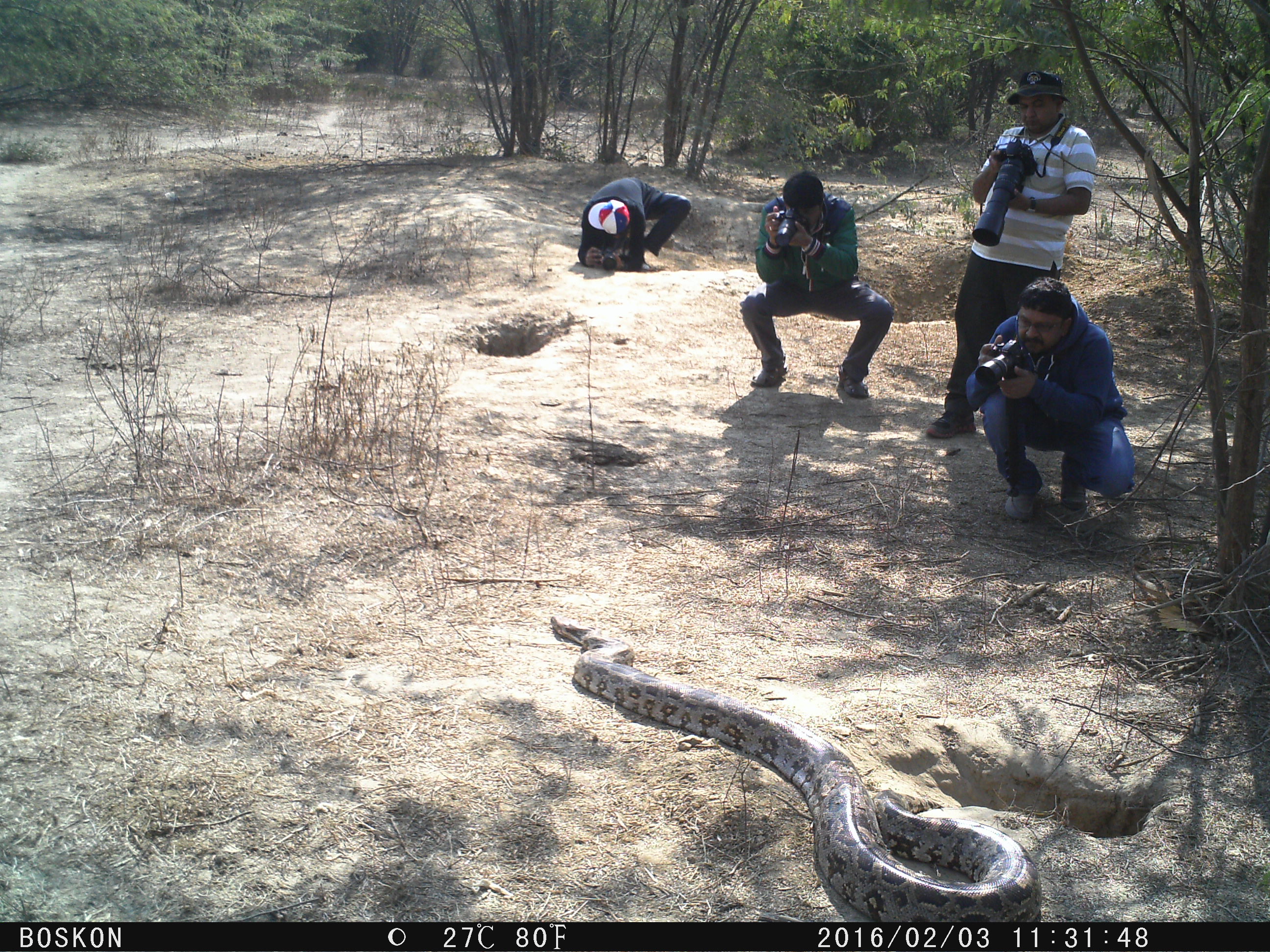
Lighter in colour than their Burmese cousins, the Indian rock python (Python molurus molurus) is a non-venomous, slow-moving species that inhabits the Indian subcontinent and is found as far east as Myanmar. As a Schedule I species in India’s Wildlife Protection Act of 1972, it enjoys high protection.
For us sun basking might be a way to relax, but for reptiles who cannot maintain a constant internal body temperature, it is a requirement. “Maintaining appropriate temperatures can help snakes digest meals and fight off illness,” adds Steen.
In the winter months from November to April, pythons in semi-arid regions like Keoladeo National Park find refuge in burrows. But they emerge in the mornings often lying straight and motionless to soak up the sun’s heat to raise their body temperature and boost their metabolism. Sometimes they bask under bushes farther away from their burrows or perched up on trees as observed by the researchers.
The winter months are also the time when hordes of tourists throng to the park to spot wintering birds. Tourist footfall reached almost 150,000 in 2016-17, the second highest recorded, and the park reaped its highest ever revenue of Rs. 20 million (USD 307,400).
To observe the daily emergence, retreat, and basking patterns of the Indian rock python, the lead author Aditi Mukherjee and her team set up passive infra-red motion sensor camera traps near three burrows from October 2015 to May 2016. These burrows were categorised as disturbed, semi-disturbed, and undisturbed, depending on how many visitors they received within a distance of 20 metres. Disturbed burrows were visited by more than 15 tourists per day, semi-disturbed by 1 to 14 visitors, and undisturbed received no visitors. Basking duration of pythons in these burrows was monitored from 7 am to 8 pm for 137 days.

Delayed emergence and early retreat
The camera traps revealed that in the undisturbed burrows, the emergence rate of pythons was highest from 10 to 11 am. But for the semi-disturbed burrows peak emergence was an hour later and for the disturbed burrows the time was pushed back to the afternoon from 2 to 3 pm.
Pythons in the disturbed burrows were only able to spend half the time basking than their undisturbed counterparts at all one-hour time slots. The average basking time per day during the peak period for the undisturbed pythons was 59 minutes, while it was only 36 minutes for the disturbed pythons.
While most undisturbed pythons retreated into their burrows at 4 to 5 pm, the peak retreat time for the disturbed pythons was much earlier in the afternoon from 1 to 2 pm. However, the peak retreat time for the semi-disturbed burrows was later from 5 to 6 pm. And none of the disturbed pythons basked after 5 pm.
The researchers noticed that visitor numbers dropped after 3 pm in the semi-disturbed site. They think that the pythons might have extended their basking time until 6 pm to compensate for lost time earlier.
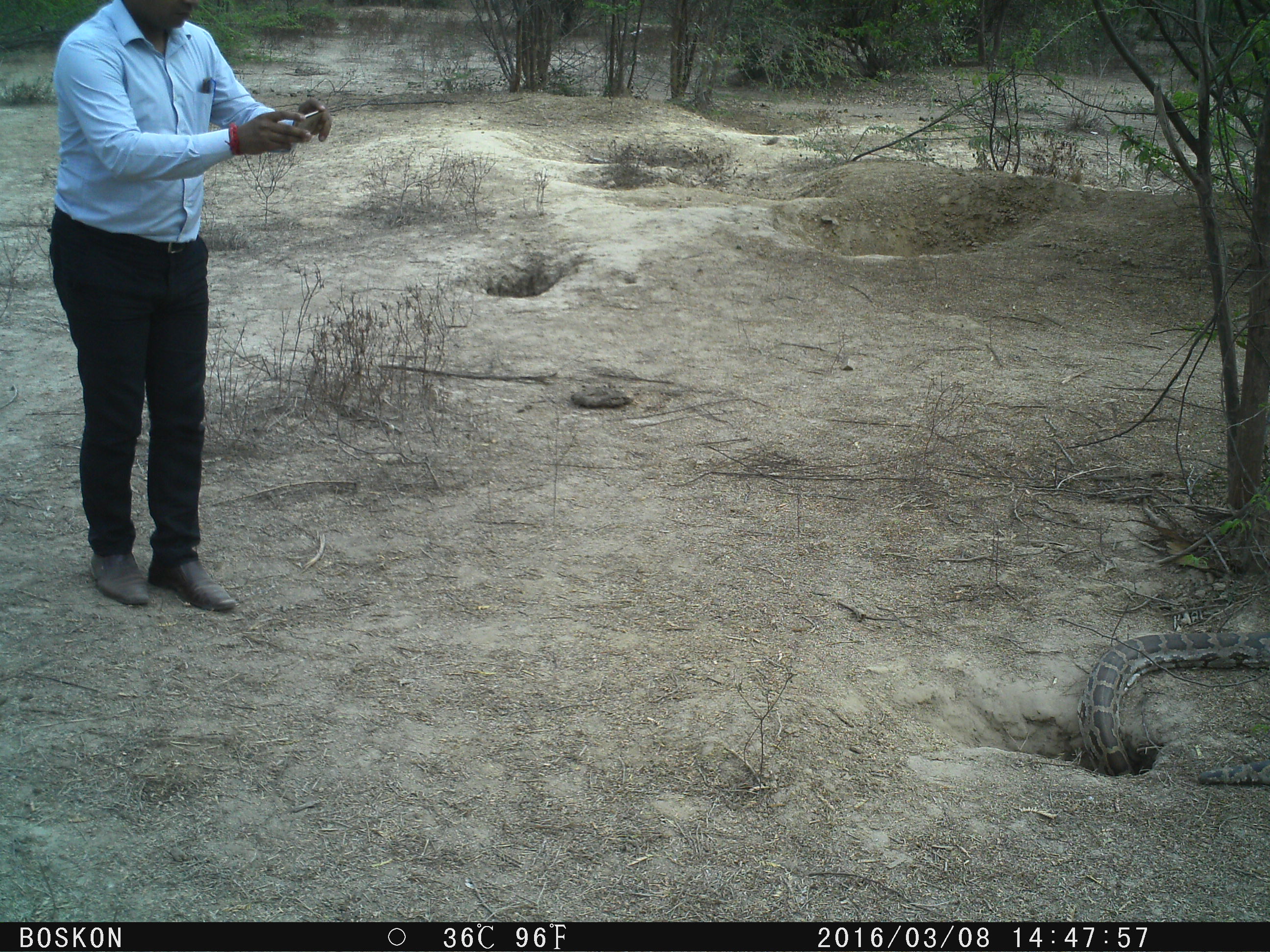
Effect on fitness and measures to curb disturbance
“Minimum time of basking is a need for the python to reach optimal temperature,” said Honnavalli Nagaraj Kumara, co-author of the study. “But, due to repeated interference by tourists, and increased movement in and out of the burrow, the pythons could not achieve the required duration of basking.”
Kumara points out that this can adversely affect the reproductive capabilities of the pythons, which may have a negative impact on the population. “Reptiles need to attain a specific body temperature” for producing sperm in the case of males, and for pregnant females “it is important for embryonic development,” he explains.
Aaron Bauer, professor at the department of biology at Villanova University, agrees stating that “this could have serious repercussions for the pythons, as the inability to warm up enough could influence body condition and reproduction.” He adds that “if the pythons suffer, so might the other organisms that utilize the burrows.”
On a positive note, the park director has taken these finding seriously. “They have stopped people going near the burrows. Further, they are developing a strategy to have python watch—they might construct a ramp that can avoid disturbing the pythons,” said Kumara.
Bauer proposes establishing a large buffer zone to enable the pythons to bask unhindered. “An observation platform or better, remote camera set-up could be a way to provide park visitors with ‘access’ to the snakes without interference and could potentially be used as a way to educate the public about the ecological value of pythons and their interesting biology.”
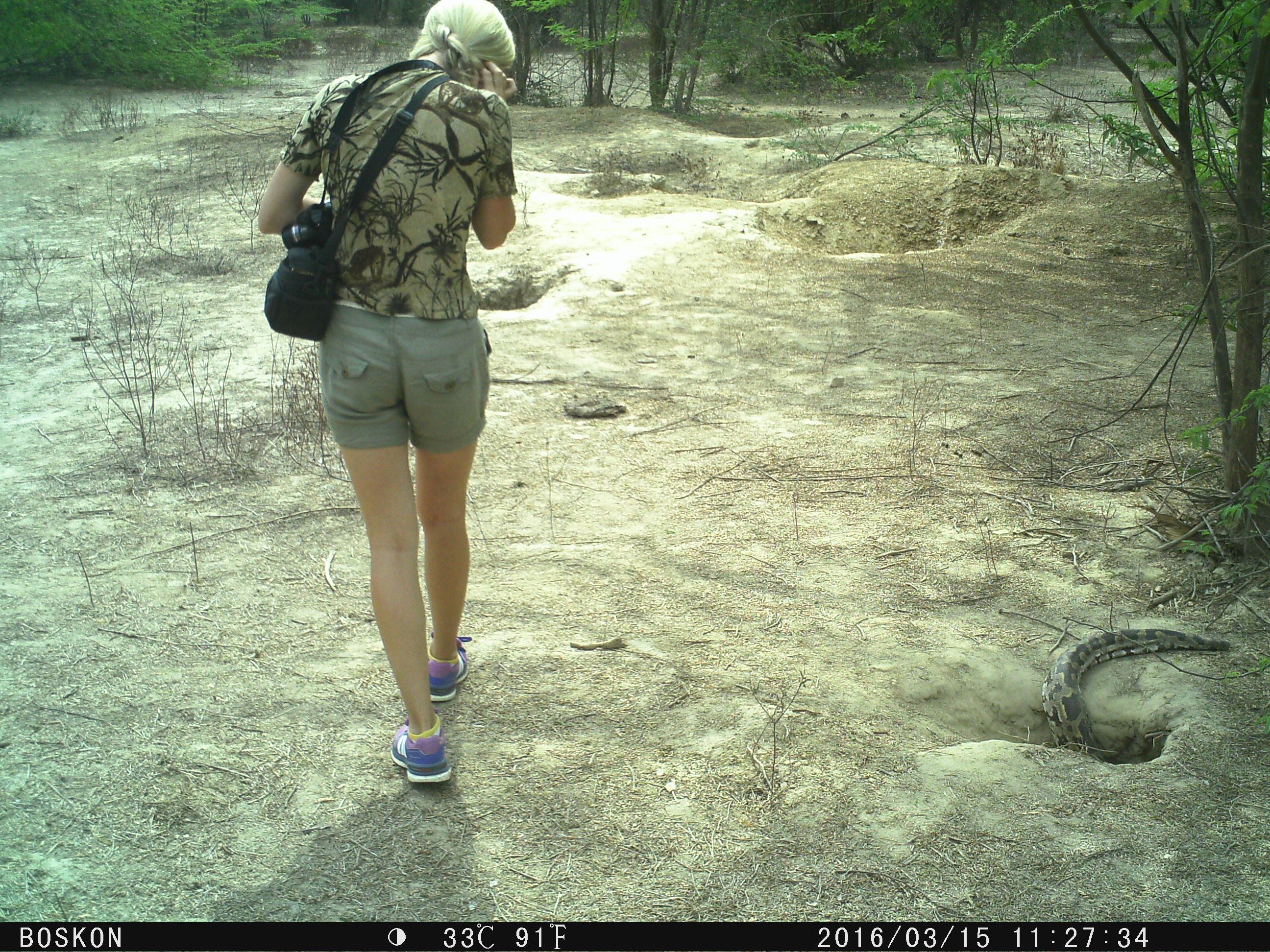
Abhijit Das, a herpetologist from the Wildlife Institute of India, explains that most snakes also obtain heat from hot surfaces at night so he questions the effectiveness of a ramp. He suggests that the authorities may construct “black topped surfaces (tar road-like) that can absorb” and release heat radiation.”
It’s a “fascinating study,” said Daniel Blumstein, Professor at the Department of Ecology & Evolutionary Biology at the University of California Los Angeles. “The combination of tourist education and management interventions can reduce the impacts on the pythons and educate park visitors about their impact.”
He stresses that partnerships “between biologists and park directors are essential” and he hopes the researchers will follow-up to see if the management interventions are successful.
CITATION:
Mukherjee, A., Kumara, H.N., & Bhupathy, S. (2018). Sun-basking, a necessity not a leisure: Anthropogenic driven disturbance, changing the basking pattern of the vulnerable Indian rock python in Keoladeo National Park, India. Global Ecology and Conservation, 13, e00368, https://doi.org/10.1016/j.gecco.2017.e00368







